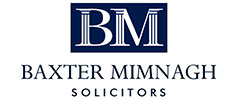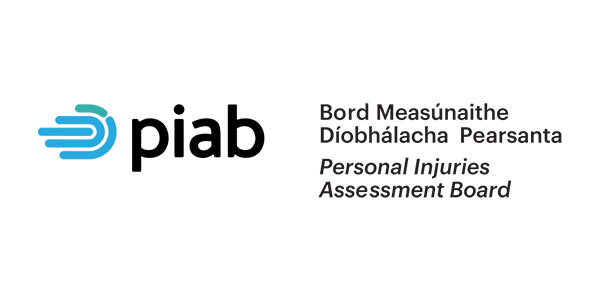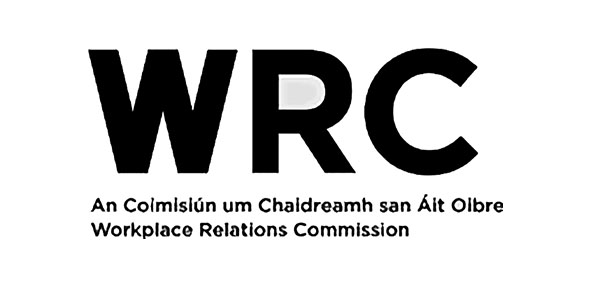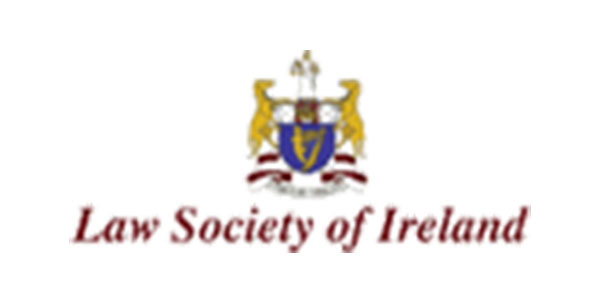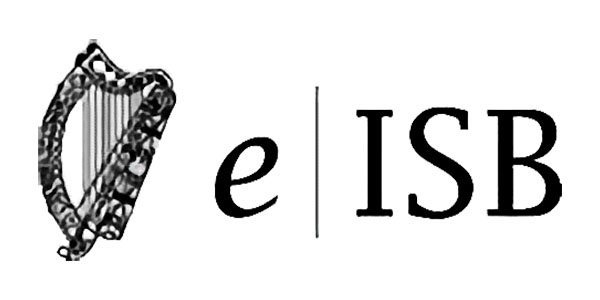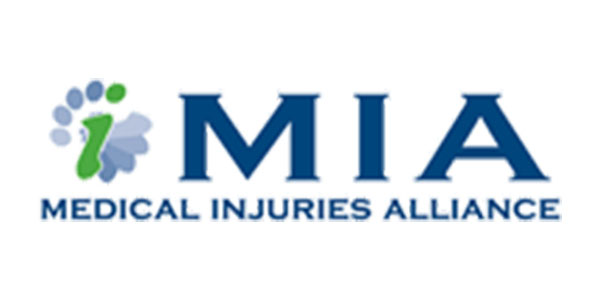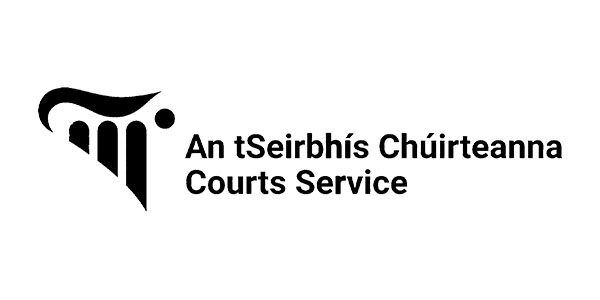Slips, trips, and falls rank second as the leading single cause of workplace injury in Ireland. Injuries from slips, trips, and falls can occur in all kinds of environments and workplaces; such as retail, construction, healthcare, and business.
Our expert personal injury solicitors work with and defend people across multiple industries. No industry is safe from the event of a slip, trip or fall, regardless of how safe it may seem. There are steps you can take to minimise the threats posed by slips, trips, and falls. In this article, we will disclose how to define a slip, trip and fall accident and the potential risk of such an accident, and the preventative measures, and control systems you can integrate into your workplace.
How do you define a slip, trip, and fall accident?
Slips result from loss of balance as you step over something such as a step on a staircase (or any other object), which can result in a fall. Trips result from loss of balance as you make contact with an object or obstacle (for example, a piece of furniture), also possibly resulting in a fall.
What are the risks of slips, trips, and falls?
There are a number of risks that could result from a slip, trip, and fall, for employers, employees, and the general public. Concussions, bruising, broken bones, whiplash, and even death in the worst case are potential outcomes of a slip, trip, and fall accident. While employers are responsible for providing a safe work environment and thus should identify hazards, implement controls, and follow safe work practices, workers also have a responsibility to take reasonable steps to protect themselves from injury.
How do you prevent slips, trips, and falls?
As an employer, it is important to focus on prevention to minimize the risk of slips, trips, and falls. The duty of care to protect workers from slips, trips, and falls is as much about providing adequate training for your employees as it is about making sure that your workplace layout is safe. This goes beyond simply checking that there are no obvious hazards such as broken glass lying around; you need to take steps to ensure that all areas of your business premises are safe for employees at all times.
Check for problem areas such as ingress/egress routes, and waste materials that may create a hazard such as cords, and packaging materials that can create tripping hazards in high traffic areas. As you look at hazards and consider what controls might be needed, think about who is likely to be affected by them, if they are likely to cause an accident or injury, and which ones are more serious in terms of the potential impact on health or safety and finally whether they’re a high priority. This will help you decide how much time should be spent on each one and what action is most important for your organization to take.
- Find the hazards. Look around your workplace for things that could cause slips, trips, and falls such as long grass, uneven surfaces, loose objects (such as tools), cracked or broken steps/handrails, etc.
- Identify the causes of these hazards as well as anything that may lead up to them happening (such as poor housekeeping), then decide how this can be prevented from happening again going forward through effective risk preventative measures.
Other steps you can take include:
- Keep cables and cords off the floor and away from walkways, particularly at intersections with other pathways or walkways.
- Clean up any wet spills immediately; do not allow them to dry on the floor because this may cause a slipping hazard when they become slippery later. If you are unable to remove dried spillages from your premises, cover them so that no one trips over them accidentally.
- Utilise anti-slip solutions like mats or adhesive strips that are designed specifically for use on wet floors! These products are easy to apply yourself—just follow the instructions on how best to place them around your workspace so there’s no chance anyone will slip and fall into harm’s way.
How can you control slips, trips, and falls?
To implement an effective system to control slips, trips, and falls, you should:
- Use a risk assessment to identify and evaluate hazards. As an employer or business owner, it’s best to carry out a thorough risk assessment of your workplace to avoid the possibility of a slip, trip or fall. Click this falls risk assessment tool from the HSE to assess your working environment against the potential for a slip, trip and fall accident.
- Develop policies, procedures, and safe work practices. These should be included in your workplace health and safety management system.
- Provide training for workers on how to recognise the hazards in their work area, as well as any other measures that could be taken to control them or minimise their impact on health and/or safety. This should include guidance on identifying the risks associated with different activities being performed by workers in order for them to make informed decisions about what steps they need to take when working at height.
- Ensure equipment is maintained so it is safe before putting it into operation again after repairs or maintenance. This includes checking whether guards are in place over moving parts before operating machinery; ensuring steps are free from oil or grease; checking handrail heights against current standards etc.
- Employers and caretakers should also provide clear and accurate signage for areas that are high risk.
Get Advice
For legal advice concerning an injury incurred from a slip, trip, or fall in Ireland, contact Baxter Mimnagh Solicitors for compassionate and understanding advice and guidance today.
Accidents at work
For more information concerning accidents at work, read more here.
